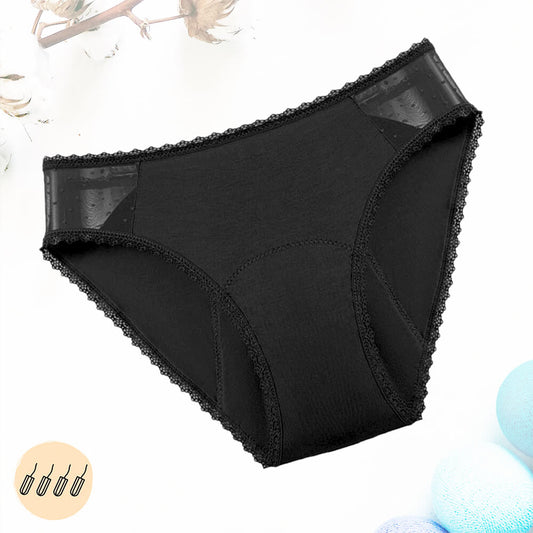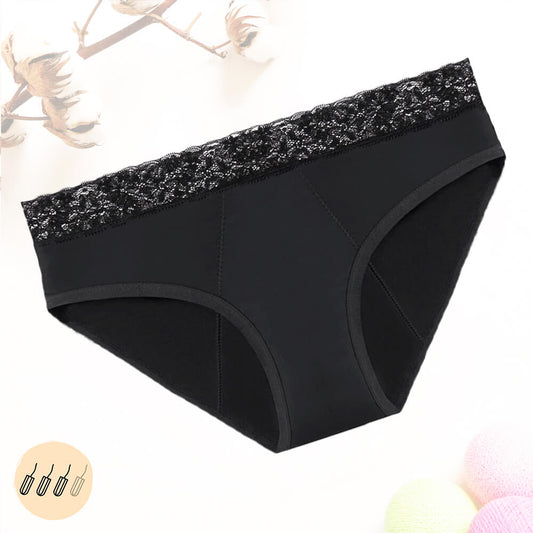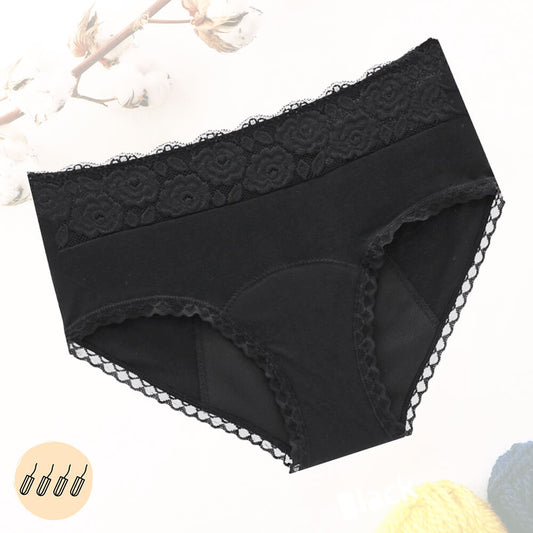Urinary incontinence is a common problem that can affect people of all ages and genders. It is characterized by involuntary loss of urine, which can be bothersome and embarrassing for sufferers. The causes of urinary incontinence can be diverse, ranging from medical issues such as overactive bladder to medication side effects to age-related changes. Fortunately, there are effective treatments to help people with urinary incontinence regain their quality of life.
What are the different types of incontinence?
Urinary incontinence is a common problem that can present itself in different forms. There are 3 types of urinary incontinence, such as stress incontinence, urge incontinence and mixed incontinence. Each of these types of incontinence is caused by different factors that require different treatments to be treated effectively.
- L'stress incontinence occurs when pressure on the bladder, such as when sneezing, laughing or exercising, causes urine to leak.
- L'urge incontinence, also called urge incontinence, is characterized by an urgent and uncontrollable need to urinate, accompanied by leakage of urine.
- L'mixed incontinence is a mixture of the two previous types, where there is a combination of an urgent and uncontrollable urge to urinate with leakage of urine when pressure is exerted on the bladder.
What causes urinary incontinence?
Women are more likely than men to be affected by urinary incontinence. The main causes of this pathology are menopause, pregnancy and childbirth, neurological diseases and aging.
Menopause is a key time for the development of urinary incontinence in women. When estrogen levels drop, they can lead to loss of muscle tone in the pelvic floor muscles that support the bladder and urethral sphincter.
When a woman is pregnant or gives birth, she can also be prone to urinary incontinence symptoms because her intra-abdominal pressure increases significantly during this time. This causes pressure on the bladder which can lead to involuntary leakage of urine.
Neurological diseases such as multiple sclerosis or Parkinson's can also cause symptoms of incontinence in some women because they weaken the nervous system and thus disrupt their ability to voluntarily control their urination. Finally, with age also often come problems related to the inability to hold urine longer when you are away from the toilet.
The causes of urinary incontinence can be many and varied. Some of the most common causes include:
- Bladder disorders such as overactive bladder or interstitial cystitis
- Neurological disorders such as Parkinson's disease, multiple sclerosis or stroke
- Hormonal disorders such as menopause
- Age-related disorders such as loss of muscle tone or muscle strength
- Disorders related to pregnancy and childbirth such as vaginal birth or caesarean section
- Surgical conditions such as bladder surgery
- Disorders related to obesity or overweight
- Disorders related to certain medications or excessive use of alcohol or tobacco.
How to treat urinary incontinence in women?
The management of urinary incontinence in women must be multidisciplinary and individualized. Indeed, it is important to take into account the personal and social context of the patient in order to adapt the treatment to his case. A consultation with a general practitioner or urologist may be necessary to assess the severity of symptoms and establish an accurate diagnosis.
Different treatments can then be proposed to relieve the symptoms: physical means (perineal rehabilitation, bladder training techniques), pharmacological means (anticholinergic means, muscarinic receptor agonists, etc.), surgical means or even combining several therapeutic approaches. Behavioral measures such as limiting fluid intake during the day may also be effective in reducing episodes of urinary incontinence in some patients.
What are the ways to relieve urinary incontinence?
Urinary incontinence is a problem that affects many women. There are several ways to relieve and even cure urinary incontinence in women. First, specific exercises can be done to reduce the risk of incontinence and improve the strength of the pelvic floor muscles. Kegel exercises can help support pelvic floor muscles and improve urinary continence.
Additionally, a lifestyle change can help prevent or decrease incontinence in women. A good high-fiber diet is important because it helps relieve constipation, which allows the pelvic floor muscles to rest and therefore improves urinary continence. Also, stopping or drastically reducing alcohol and tobacco can help improve urinary continence because these substances irritate the bladder and cause frequent urges to urinate.
What are the best protections for urinary leakage in women?
With the right products, you can continue to live normally despite urinary incontinence. The urinary protections allow to capture the liquid, the odors, preserve your skin and are discreet to be worn at any time of the day.
The main protections for urinary leakage are the following:
- The panty liners are designed specifically for urinary incontinence. They are generally thicker and more absorbent than traditional disposable pads to provide maximum protection.
- The stowelsincontinence are similar to disposable sanitary napkins except that they are designed specifically for urinary incontinence. They are often used for light to moderate leaks.
- The adult diapers are designed to absorb urinary leakage and can be used for long-lasting protection.
- The period panties can also be used for light urinary leakage. These reusable incontinence briefs are designed to absorb leaks and can be worn as an alternative to other types of bladder protection.





